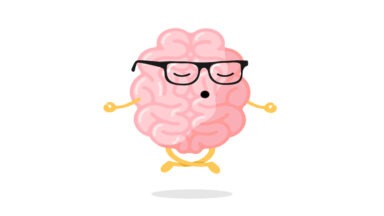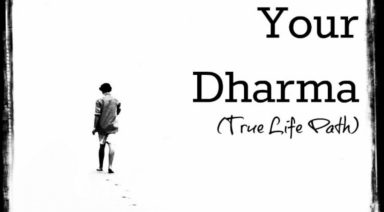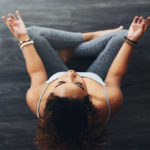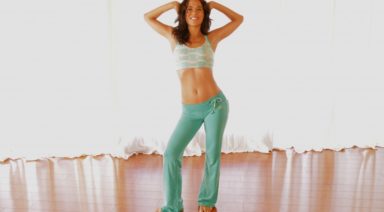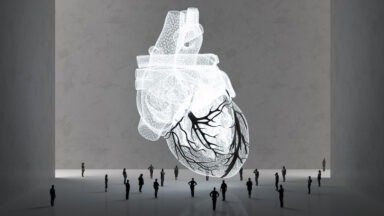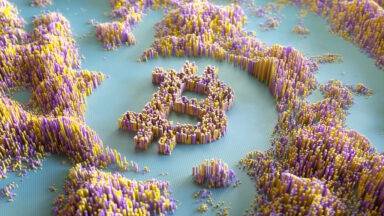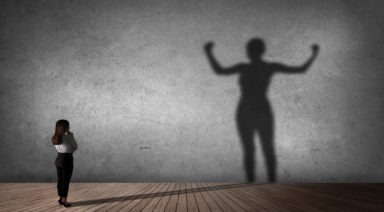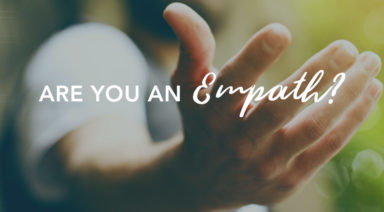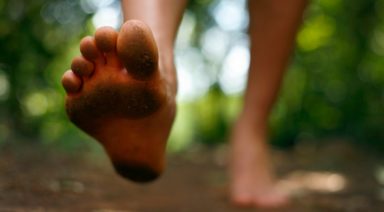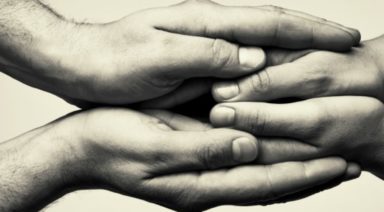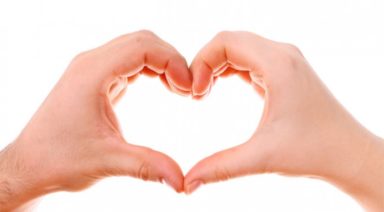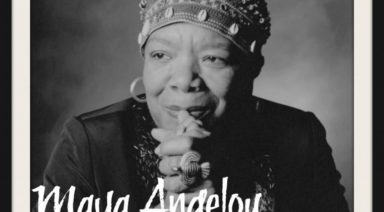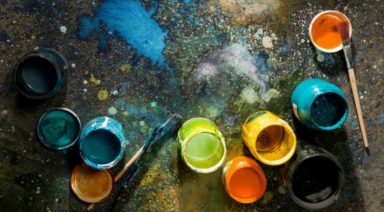6 Tips for the Best Bath & 12 Ingredients to Add

When people think of an ideal way to relax, a nice hot bath is usually what comes to mind. However, there are a few lesser-known tips and tricks that can take your bath from a simple relaxation to a full-blown healing, medically therapeutic investment!
Before you dive in, however, be sure you follow these tips for the best cleansing bath you’ve ever had:
1. Some like it hot…but not too hot!
How hot can you stand it? For some, if it feels like bathing in a bubbling cauldron of bliss, it’s just the right temperature. But did you know that superheated baths actually get your nervous system revved up? In actuality, there’s a threshold of heat where the relaxation is just a bit of an illusion. If you’re pregnant, this is especially important; keep your baths to a maximum of about 37˚C (100˚F) — just barely above body temperature!
Not only is your nervous system…well, a little nervous, but homeostatically it can be a bad idea to start boiling your system. Contrary to popular belief, if you can’t sleep, a piping hot bath is actually more likely to keep you awake than soothe you to sleep.
The most relaxing baths are not quite piping hot. If you are bathing for sedation or specifically to help you sleep, keep the temperature easy on your body.
2. Keep it cool
Ever feel wilted and sluggish after a hot bath? You may have even gotten a headache afterwards. Avoid this post-bath syndrome by keeping your head, hands, feet, or all three cool with a cold washcloth, ice cubes wrapped in a towel, or pouring cold water on these spots on occasion. They are your body’s ideal spots to release heat, which is important.
Your body isn’t actually too fond of getting too hot when it doesn’t have a chance to release heat. This creates an artificial fever. An artificial fever has its uses, but it can also have some unpleasant side effects, such as headaches. Give your body some opportunity to shed some heat. Your core body temperature will still go up (and you’ll get the benefits of that), but it will cause less physiological stress. You may be quite surprised at how much this improves your experience.
3. Make it a massage time
Treat yourself completely with a little self-massage, perhaps to release tension in trigger points. You can try something like a self-abhyanga massage after your bath, or you bring a ball into the bath with you and trap it under your body to apply pressure to stiff and aching muscles. Simply run a warm bath, and trap a ball between your body and the bottom or back of the tub to rub your back muscles — your buoyancy allows for excellent control over moderate pressures without being too intense.
4. Stay hydrated, my friends!
Guess what? Even if your bath is only slightly warmer than your body, your systems start to attempt to cool you off in the way it knows best: sweating! You can end up losing a lot of valuable fluid this way, so do yourself a favor and drink plenty of liquids before, during and after to replenish your body.
Choose liquids that are indeed hydrating rather than any diuretics, such as caffeinated tea, alcohol (sorry, bath wine!), or coffee. Instead, try a refreshing cool lemon water! This way, you will also help avoid a post-bath headache.
5. Lower back love
If you have lower back pain, a hot bath is the treatment for you! It’s even better than trying to ice it (which might even be on the harmful side).
The myth that a hot bath will only worsen the “inflamed” back is simply not true. The great majority of low back pain is essentially muscular in nature, contrary to the popular and mistaken view that it’s usually caused by something “mechanical” like a intervertebral disc herniation. Specifically, the cause of most back pain is myofascial trigger points (“knots” in your muscles), which can cause far more grief than most people realize — and yet they are relatively treatable. A little reassurance, rubbing, and a hot bath go a surprisingly long way, even with the most horrendous case of low back pain. A hot bath is amazingly good therapy for back pain, and the price sure is right.
Once again, trigger points are eased by heat, and usually irritated by cold.
6. Deep bath breathing
What better place to “blow off steam” breathing than in the bath? Controlling your breath moves energy throughout your body, and with the right technique, can be a hugely helping hand in relaxation.
Conscious, deeper breathing is always relaxing, grounding, and embodying. It can make you more comfortable in your own skin. But it seems to be particularly effective in a hot bath.
Now that you’re a bath pro, discover what bath ingredient is best for you! For example, did you know that by adding tea bags into your bath, you can help your body balance its energy and hormones, aid in clearing it of toxins, and also provide the anti-aging benefits of antioxidants? Check out this infographic, and see what ingredients you’d like to start trying.

Can Mindfulness and a Psychology Class Make You Happier?

By studying the effects of mindfulness on psychiatric patients, and the pursuit of happiness, can we teach ourselves how to be happier?
The term mindfulness has entered popular culture in recent years, but this ancient Buddhist practice actually began gaining acceptance in western medicine in the 1970s.
The three main tenets of mindfulness are:
- Intention to cultivate awareness
- Attention to what is occurring in the present moment
- An attitude that is non-judgmental
In a recent article for psychiatric times, researchers looked at how mindfulness-based treatments work for psychiatric patients, and how these therapies can enhance and even replace pharmaceutical interventions. They found a wealth of evidence that mindfulness-based therapies have overwhelmingly positive effects on patients.
With mindfulness-based cognitive therapy reducing the rate of relapse rates for patients with major depression similar to that of pharmaceuticals, they also showed reduced anxiety, depression, and increased cognition.
The researchers point out, however, that, “Despite this evidence, pharmacotherapy remains the main treatment option for many patients with mental disorders, although about 75 percent of patients with mental disorders prefer psychotherapy. Researchers recommend implementing mindfulness-based therapies in place of, or in concert with, pharmacotherapy especially as the population grows older and cognitive issues become more common.



